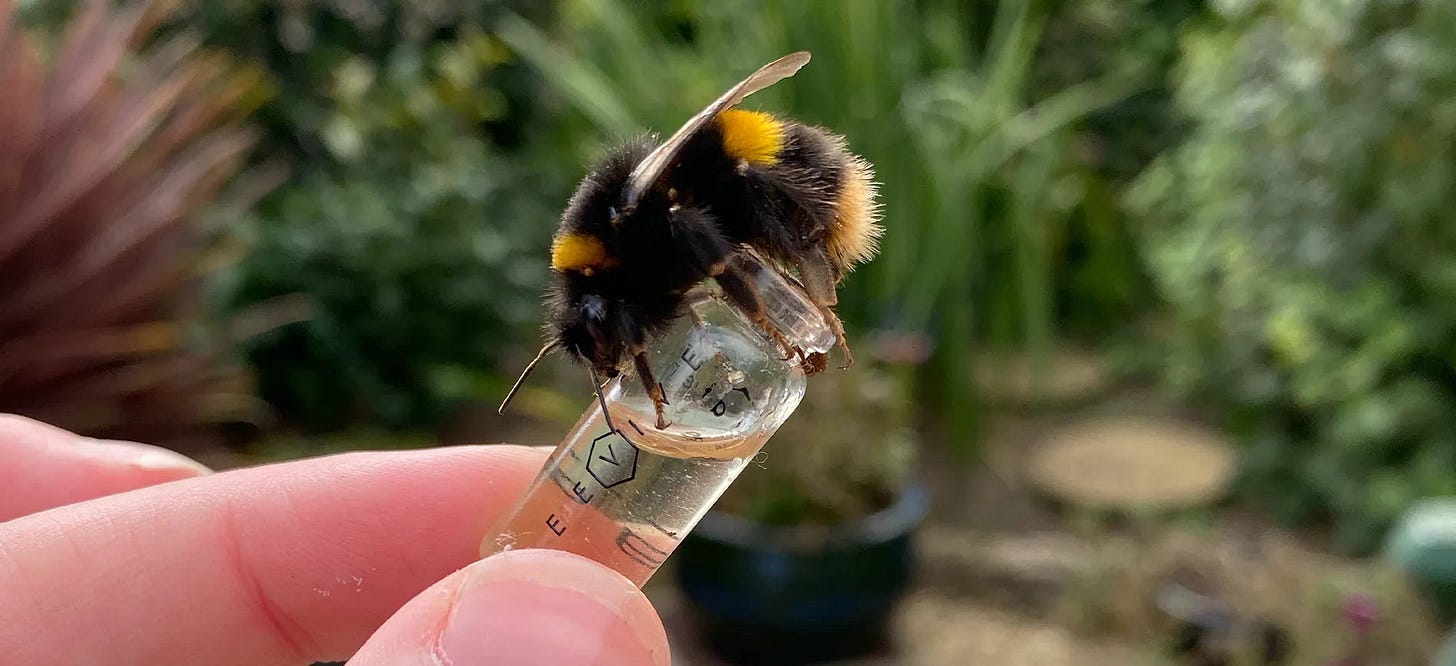Applications are now open for our two upcoming Incubation Programs:
- July-August 2023 with a focus on biosecurity interventions and large-scale global health interventions
- February-March 2024 with a focus on farmed animals and global health and development mass-media interventions
In this post we set out some of the key updates we’ve made to the program, namely:
- Increased funding
- More time for participants in person in London
- Extended stipends and support to provide an even bigger safety net for participants
- Even more ongoing support after the program
- More time for applications
Context:
In four years we’ve launched 23 new effective charities that have reached 120 million animals and over 10 million people. The Incubation Program provides you with two months of intensive training, well-researched charity ideas, and access to the funding you need to launch. All we care about is impact, and the most pressing determinant of success is finding potential founders.
Updates to the Incubation Program
All the details are here on our website, but below we summarize the latest changes/improvements.
Increased quantity and probability of funding
In recent years, in part due to our portfolio’s track record, we’re seeing a significant uptick in the seed funding being achieved by our incubatees. In the most recent round, for example, eight out of nine participants started organizations and received $732,000, with grants ranging from $100,000 to $220,000. The ninth participant joined the CE team as a research analyst.
A Bigger Safety Net
In the past two years, we’ve trained 34 people. After the program:
- 20 launched new charities and raised over $1.2 million in seed funding
- 6 got jobs in EA orgs (including CE)
- 1 worked on mental health research with funding in Asia (and 1 year later become a co-founder of a newly incubated by CE mental health charity)
- 1 worked as a senior EA community manager
- 1 got funded to do their own specialist research project and has since hired 3 people
- 2 launched their own grantmaking foundation
- 1 works for that grantmaking foundation
- 1 is running for office in America and was elected to the district parliament
- 1 kept on working on the project they co-founded in the alternative protein space
- 1 runs a charity evaluator in China
- 1 was hired by one of the previously incubated charities
So in summary: 100% of participants, within weeks of finishing the program, landed relevant roles with high personal fit and excellent impact potential.
During the program we will provide you with:
- Stipends to cover your living costs during the Incubation Program (e.g., rent, wifi, food, childcare). The stipends are around $2,000 per month and are based on participants' needs and adjusted accordingly.
- Travel and board costs for the 2 weeks in person in London.
If, for any reason, you do not start a charity after the program, we provide:
- Career mentorship (our track record for connecting non-founder participants to research grants, related jobs, and other pathways to impact is near 100%).
- Two-month stipends to provide a safety net during the period of looking for alternative opportunities.
More time in-person in London
The Incubation Program lasts 8 weeks, followed by a 2 week seed-funding process.
- The 8 week program runs online, now with 2 weeks in person in CE’s London office
- During the 2 week seed-funding process you make final improvements to your proposal, which is submitted to the CE seed network that makes the final decision on your grant.
Even more support after the program
You will graduate the program with a co-founder, a high-quality charity idea, a plan for implementation, and a robust funding proposal. On top of that we offer you:
- A seed grant of up to $200,000 (not guaranteed, but in recent years 80%+ of projects received funding)
- Further learning:
- Weekly ‘getting started’ sessions for the first 4 weeks
- Regular emails with further videos and resources that are relevant to you later in your charity journey (e.g., on hiring, or charity registration)
- Support in WIX website design
- Mentorship
- Monthly mentorship meetings with the CE team
- Access to a broad network of mentors and potential funders
- Coaching from external topic experts (e.g., on co-founder relations or M&E)
- Operations support
- Get professional operations and HR support from the CE team that will help you to set up your organization quickly
- Start with a US charitable fiscal sponsorship allowing you to accept tax deductible donations
- Community
- Join a Slack group of over 100 charity founders and effective charity employees
- Enjoy weekly London socials and annual gatherings
- Tap into the knowledge and template base of our network of incubated charities
More time for applications
Applications will be open:
- From February 1 to March 12, 2023
- Final results (acceptance letters): Mid May, 2023
- From July 10 to September 30, 2023
- Final results (acceptance letters): Early December, 2023
We hope you will apply early; doing so will give you access to a resource list that will help you prepare for the application process. Also, the earlier you apply, the earlier we will be able to process your application.
We will announce the top ideas for the July-August 2023 program soon, so be on the lookout for our next newsletter or post on the EA forum! We recommend applying early to increase your chances.





Hi! Do you take in founders with existing high impact (potentially) organisations that have already in the bootstrapping phase?